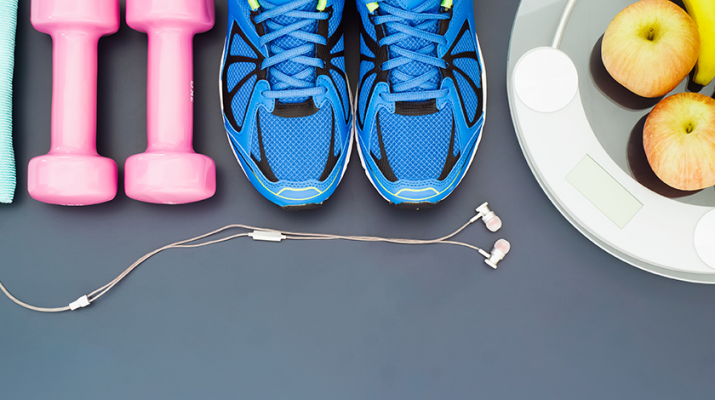By Deborah Jeanne Sergeant
The American Heart Association developed the “Life’s Simple 7” program to help keep the brain and heart healthy from childhood through older adulthood. The steps are:
• Don’t start smoking, or quit if you smoke
• Manage blood pressure
• Control cholesterol
• Keep blood sugar normal
• Eat a healthy diet
• Lose extra weight
• Get physically active
The chances that you’ll develop cardiovascular disease (CVD) or experience a stroke are pretty high. According to the New York State Department of Health, “CVD accounted for nearly 40 percent of all deaths statewide in 2014.”
The Health Department also states on its website that “an estimated 7.4 percent of adults in New York state reported they have had a heart attack, angina/coronary heart disease, or stroke in 2014. One out of five (20.9 percent) New Yorkers aged 65 and older reported having some type of CVD in 2014.”
Stroke also represents a top killer. According to the American Heart Association, stroke is responsible for one out of every 20 deaths. Every four minutes, one American dies of stroke.
It’s easy to see why smoking made the list. Smoking negatively affects every cell in the body. Many people find quitting extremely difficult, but physicians can help with smoking cessation. Willpower alone doesn’t work for most patients. Nicotine replacement therapy and medications to help suppress cravings can help, along with a good support structure.
Managing stress can help lower blood pressure, among other health benefits. Avoiding stress isn’t possible and some stress is good.
Karen Knab, licensed marriage and family therapist practicing in Buffalo, said that she likes to teach clients coping skills they can practice in stressful moments, along with tips on communication and conflict mitigation.
“Conflict increases the stress level and you get overwhelmed,” Knab said.
She added that intentional breathing can also bring clarity and calmness in the midst of a stressful situation.
She also recommends yoga, guided meditation, and exercise.
Healthful diet plays a role in blood pressure control and also in controlling cholesterol, stabilizing blood sugar and weight loss. But many people don’t know where to start.
“It really takes time to set up the processes,” said Vincent Mangione, certified personal trainer and sports nutrition specialist through the International Sports Sciences Association and owner of Kenmore Barbell & Fitness. “You have to understand how food works and understand that calories are just calories. There are no certain foods that make that much of an impact when it comes to losing weight. It’s a matter of eating less food over time. That’s how weight comes off. It takes time.”
He added that yo-yo dieting and extreme calorie restriction don’t work; however, permanently reducing calories to a moderate level helps people lose weight and keep it off.
Reducing portion sizes makes a big impact on caloric intake. Using smaller plates and boxing half or more of a restaurant entree can help people eat more appropriately sized meals.
The My Plate (www.myplate.gov) can offer general guidelines for healthful food choices. Sticking with water instead of sweetened beverages also lowers caloric intake.
“Along with the food, it’s also about working your body,” Mangione said. “Start going to the gym twice a week. That’s enough to get started. Or can start out by walking. There are many options. At the end of the day, it’s burning more calories over the course of the day than you normally would.”
Some people dive headfirst into a gym membership or exercise class with daily attendance, knowing they don’t like that environment for exercise. It’s little wonder many quit soon, a pattern observed by Justin Draper, certified personal trainer and owner of Jada Blitz Training, Inc. in Williamsville.
“When working with clients, I find it best when a client can find a diet and exercise routine they can adhere to or they’ll fall by the wayside,” Draper said.
Instead of daily grueling sessions, Draper wants more clients to try weekly and then twice-weekly sessions after a month. By incrementally increasing the frequency, it’s easier to stick with the program.
But it’s okay to never sweat it out at the gym. Draper said that walking, joining a community basketball league, performing resistance training or walking on a treadmill at home can help people get healthier, too.
“Find a routine that you look forward to,” he said.
A vigorous hobby that elevates the heart rate for 30 minutes a few times per week can help maintain weight. Longer, more frequent or more intense sessions can help with weight loss.

